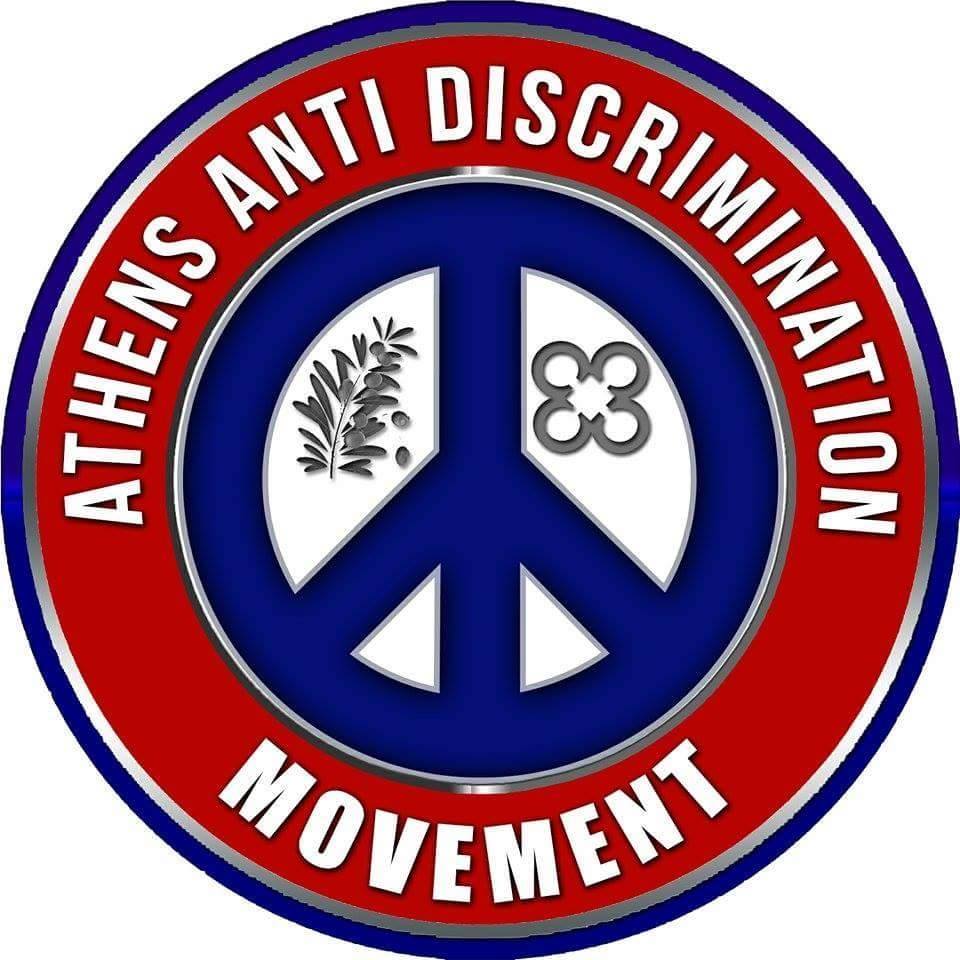
Written by Raiana Kelly, AADM Contributing Writer
October 2020
What is Racial Equity?
Racial equity is when people of all races have access to the resources and opportunities, proportional to their needs, that they require to succeed. It’s achieved when one’s racial identity is no longer a statistical predictor of one’s socioeconomic status. Even when factors such as income, access to healthcare, education level, etc. are controlled, people of color tend to fare worse than their white counterparts. This is due to the various policies and practices in place that disadvantage people of color.
Equity v. Equality
The terms equity and equality are often used interchangeably, but they are not the same. Equality means that everyone is given the exact same resources and opportunities, regardless of a community’s needs, and doesn’t always result in an equal outcome. While equality promotes fairness and justice, it assumes that everyone starts from the same place and needs the same things to live a full, healthy life. Equity, on the other hand, means that resources are distributed proportionally based on necessity in order to guarantee a fair outcome for all.
Equality and equity are portrayed in the image below. On the left, everyone is given equal resources, but not everyone experiences the same outcome. On the right, resources are distributed proportionally based on necessity, which results in an equal outcome for all.
We see examples of racial inequities every day. For instance, while equal access to public education is a right for all Americans, funding for education is based on property taxes. This results in an inequitable distribution of resources, particularly for those schools in low-income, predominantly minority neighborhoods. If resources were distributed equitably, each school in a given district would have the funding they need to provide quality educators, books, and technologies.
Recognizing the difference in equity and equality and how they work together plays an important role in every aspect of our lives, from politics, housing, education, public health, racial justice, and more. Interaction Institute for Social Change | Artist: Angus Maguire
Racial Equity in Action
Racial equity is one part of racial justice, and in order for it to be achieved, it needs to be thought of as a structural and systemic concept. We must look beyond the individual acts of intentional racism and bigotry and examine the systems and institutions that govern our daily lives. We need to identify and remove the barriers and institutional policies and practices that have routinely disadvantaged people of color and reinforced the differential outcomes observed between them and their white counterparts. Critical to the achievement of racial equity is the involvement of those that are most impacted by them: people of color. Communities of color need to be involved as owners, planners, and decision makers in the systems that govern our everyday lives.
